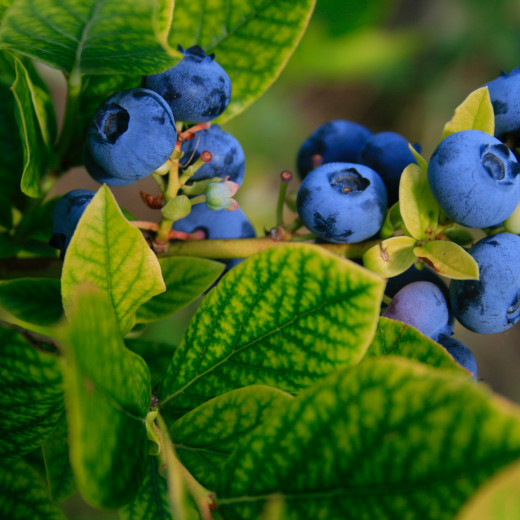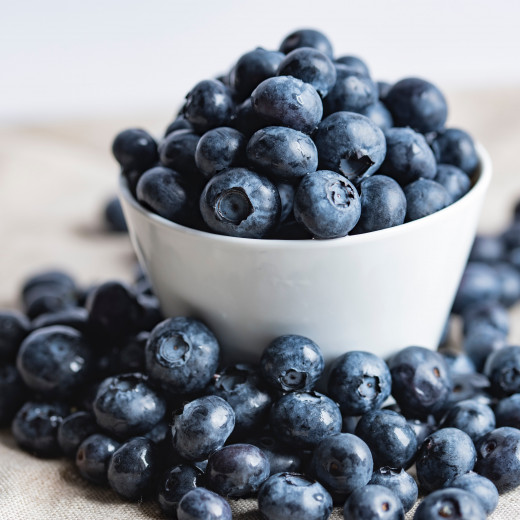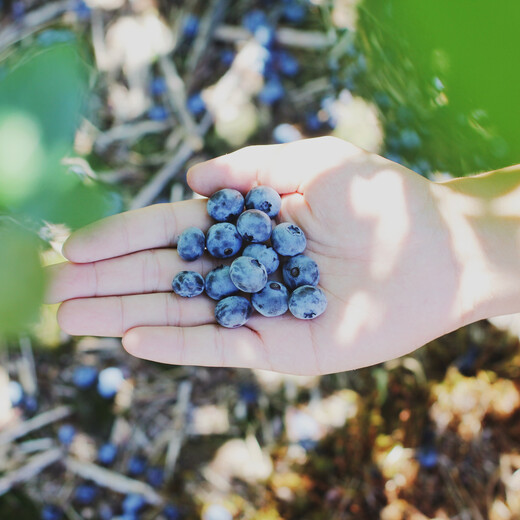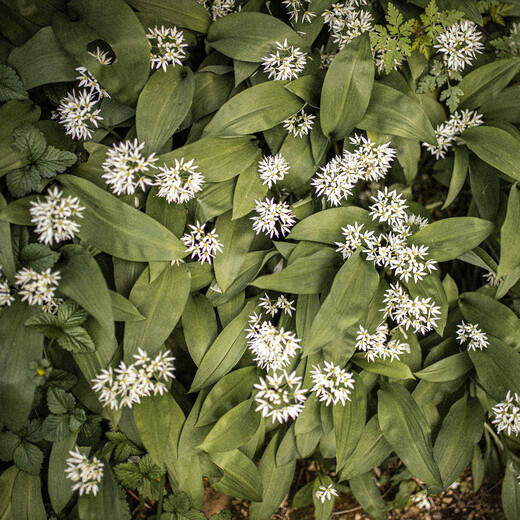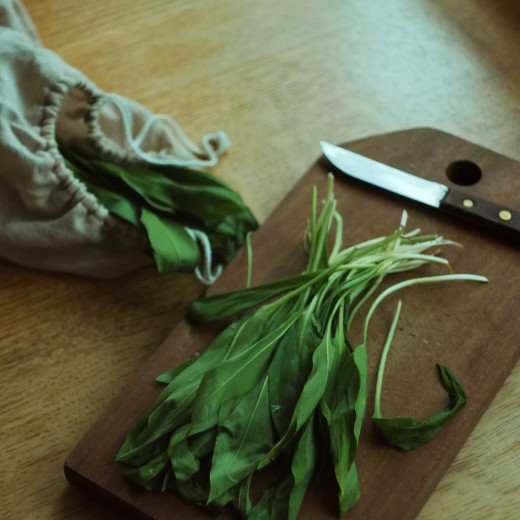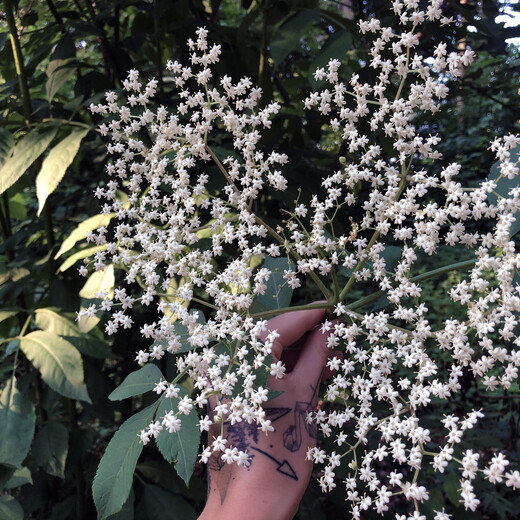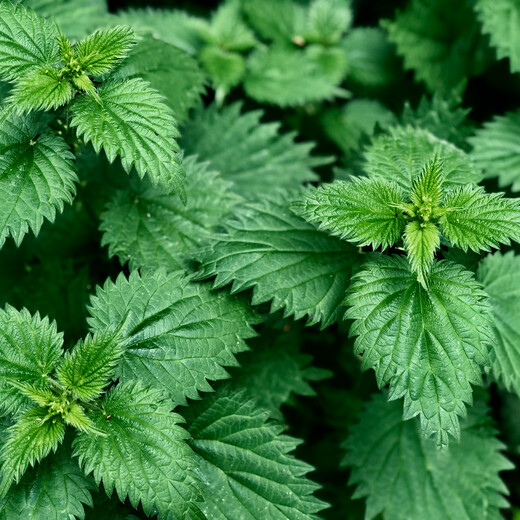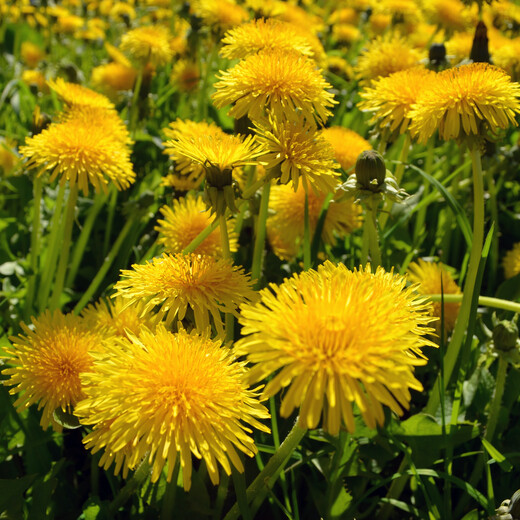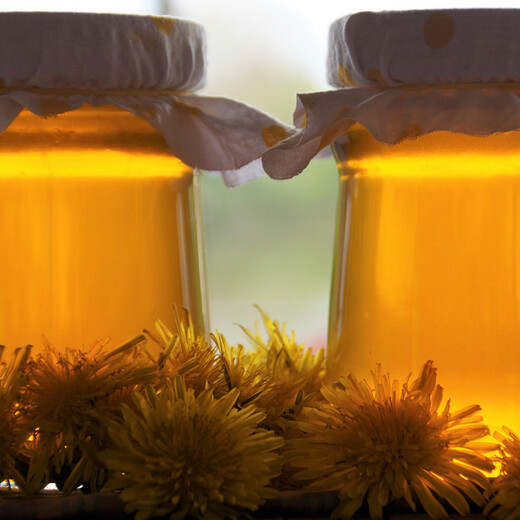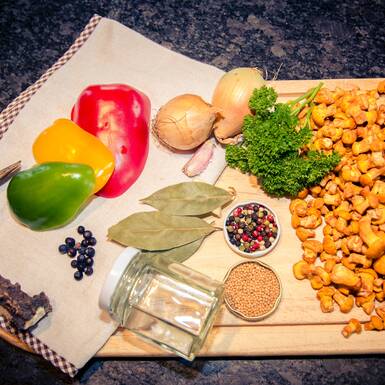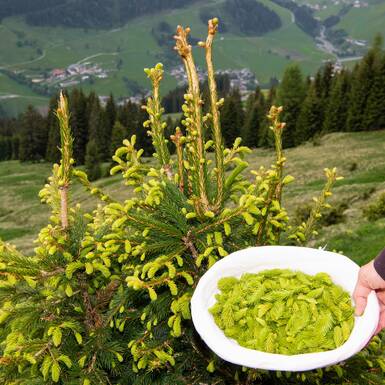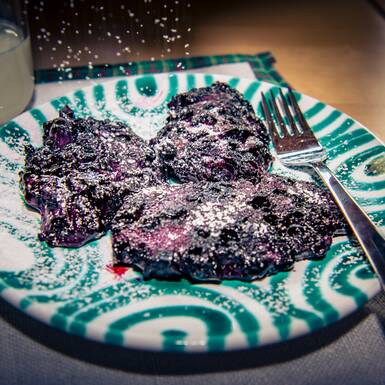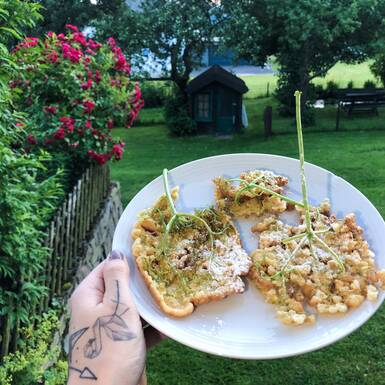- Cuisine
Regional Superfoods
Goji and acai berries, chia seeds and avocados these foodstuffs are extremely popular. They are usually flown halfway around the world to benefit our health before they land on our plates. Yet our local flora offers superfoods galore. With the names such as wild garlic, nettles, elder and cranberries, our natural miracle cures may not sound quite as attractive. Still, their effects are on a par with international superfoods. However, they are in no way inferior to the global food trends in terms of their impact
Blueberries
Keep an eye out when out hiking on the trails around Saalbach Hinterglemm in mid-summer. You will find deliciously sweet blueberries in several places. Once picked, the berries should find their way directly into your mouth, turning your tongue a rich purple or at least be enjoyed on the same day because fresh, wild blueberries do not keep for long. Due to their high anthocyanin content, one of the most potent antioxidants, the blueberries support our body's healing processes for inflammation, cardiovascular disease, obesity, diabetes, Alzheimer's, Parkinson's and even cancer. The local blueberry not only looks almost like an acai berry but also has the same ingredients, but with one powerful advantage: it doesn't have to be picked in the Amazon and shipped to Europe, making it more environmentally friendly.
Keyword environment: The so-called "rifflen" - i.e., harvesting berries quickly with a berry comb, has been forbidden for a few years because it damages the plant. So, enjoy the time and tranquillity on the mountain, pick yourself a handful of berries and enjoy the view.
Wild garlic
Winter in the Skicircus is now over, and spring is slowly arriving in the Glemm Valley. Well concealed, wild garlic grows in April and May in the trees` partial shade and have a dangerous visual resemblance to lily of the valley and autumn crocus. The easiest way to distinguish between these two plants is by smell because wild garlic is strongly reminiscent of garlic. It tastes delicious as pesto or in salads, soups, or pasta dishes. It contains plenty of vitamin C, iron and oils that keep our digestion, respiratory tract, liver, and gall bladder healthy. It is also said to have a healing effect on high blood pressure and arteriosclerosis and is said to regulate cholesterol levels.
Elderflower
Elderflower syrup tastes wonderfully refreshing after a day of hiking. However, supposer do not use the elder blossom with a lot of sugar to make syrup. In that case, you can enhance your salad with the unprocessed blossoms or make them into tea, and the plant unfolds its healing properties. It has an anti-inflammatory, antipyretic and diuretic effect and stimulates the liver and gall bladder.
The berries of the plant are also real superfoods. Elderberries have a high content of vitamins C, B and A, potassium, calcium, and phosphorus and lots of antioxidants. This makes them highly effective against colds. However, you should not eat the berries raw. It is best to process them into tea, syrup, or jelly.
Nettles
Beware of stinging nettles! While the plant is extremely unpleasant on contact with the skin, as a dietary ingredient it is an excellent source of minerals, magnesium, calcium, vitamins A and C (almost twice as much as in oranges), iron and protein. To eat the wild plant raw as an ingredient in a salad, it is best to wrap it in a cloth to remove the nettle hairs or handle it with a rolling pin. But even cooked, for example as nettle soup or spinach, the plant is harmless and incredibly healthy. The popular nettle tea also relieves the symptoms of rheumatism, muscle pain, arthrosis and arthritis and helps with skin diseases such as acne, eczema, or blemishes.
Tip: For a chemical-free facial treatment, simply dip a cloth in nettle tea and place it on the face for 10 minutes. The remaining tea can also be cooled and used as a facial tonic.
Dandelions
In summer, the dandelion adorns the meadows of the Pinzgau Grass Mountains with its yellow mane. It contains a multitude of health-promoting ingredients such as carotenoids, inulin, vitamins C, E and B, minerals, zinc, and copper. It promotes digestion, bladder, and kidney function, stimulates the production of saliva and stomach acid and releases digestive hormones and enzymes. Prepared as a tea, it has a detoxifying effect. But it also tastes especially delicious in salads or as a pesto.
Tip: Vegans no longer must do without honey, because a great alternative can be prepared from dandelions. Simply rinse the flowers thoroughly, put them in a large saucepan, pour in water and add lemon slices. Bring to the boil for 15 minutes and leave to rest for 24 hours. Then strain the mixture through a cloth, squeeze it out and boil down the juice obtained with sugar to a syrupy consistency, stirring constantly.

